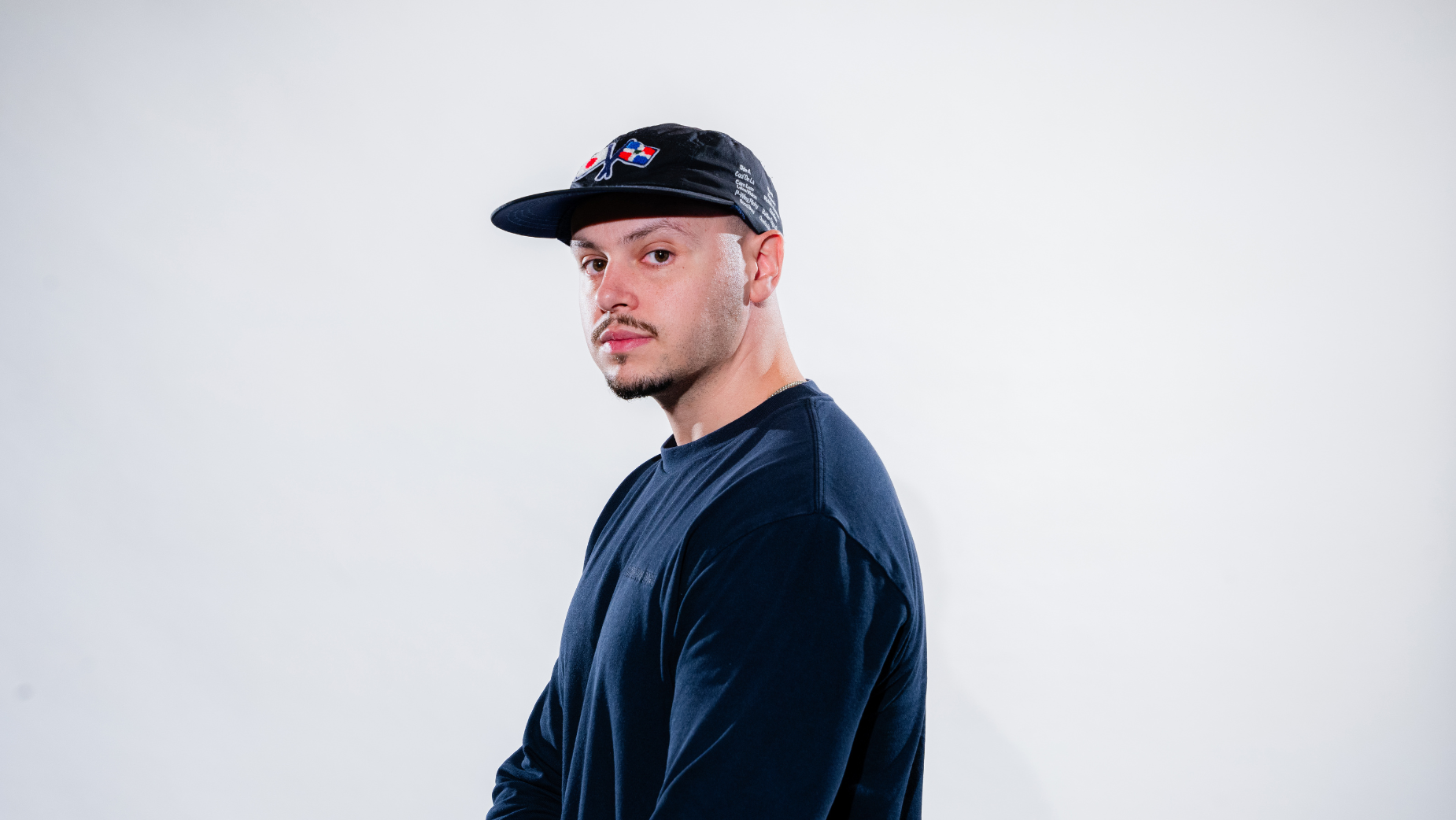
My Biggest Lesson: Joel Rodriguez

Joel Rodriguez is an intern-turned-executive who has worked for Translation for 13 years. As the head of context planning, a specialised discipline within Translation, his team is committed to world building around an idea and diffusing it through culture, bringing a brand's message to life across the times, spaces, and people that audiences will be most receptive.
Joel has led integrated planning and campaign launches for the Brooklyn Nets, Barclays Center, McDonald's, Budweiser, Sprite, Nike, Google, UnitedMasters, AT&T, Beats By Dre and more.
Joel joined NYU as an adjunct professor to teach 'Real World', a grad-level marketing program designed to impart on-the-job learnings and actionable insights to students. His roles at Translation and NYU led to a recent article feature in the New York Times about the need for diversity within the advertising industry, highlighting his career path and the importance of visibility and opportunity when fostering diversity.
If I’ve learned anything in my career, it's that the details truly matter to the people who matter. It’s easy to fall into the trap of thinking that only the big splashy ideas count, but in advertising—and any creative field—it’s often the smallest things that leave the most lasting impressions.
One person who taught me this lesson early on is Reggieknow, the creative mastermind behind the original 'Obey Your Thirst' campaign for Sprite in the '90s. His work didn’t just speak to an audience; it spoke with them and, in many instances, spoke for them.
In hindsight, it’s clear that he wasn't just selling soda—he was creating a platform for voices that deserved to be heard. Reggie was the one who opened my eyes to the power of subtlety in storytelling and the importance of cultural codes that speak directly to those who are often overlooked.
This approach has shaped much of what I do today as the head of context planning at Translation. Context is a practice that obsesses over the smallest cultural details to inform where, when, and who a brand message shows up to.
It’s our job as storytellers to identify those things that are hidden in plain sight and bring them to the foreground, so we’re not just reaching our audience as consumers but connecting with them as people. And that connection only happens when we lead with empathy. We must first earn their trust before we expect any transaction.
Because when people feel seen and heard, their monetary investment in a brand isn’t just a purchase; it becomes a badge of identity. This is the power of storytelling. It can turn a product from a cold, utilitarian purchase into something that represents who they are or aspire to be.
My career in advertising wasn’t something I knew existed, nor did I think it would become my life’s work. Like many, I assumed the industry was about selling a product, but the truth is it’s about building connections—real, human connections. Ironically, advertising doesn’t always do the best job of advertising itself.
There’s an entire world behind the scenes that most people aren’t aware of, but it shapes how culture is perceived, built, and shared.
So, here are my key learnings for anyone entering this space:
First, focus on the details because the people who matter will notice.
Second, check your personal biases at the door and always lead with empathy by listening before speaking.
Lastly, challenge yourself to tell stories that give visibility to those who feel unseen because that’s where real impact lives.
If you can do that, you won’t just be creating ads—you’ll be creating culture.















